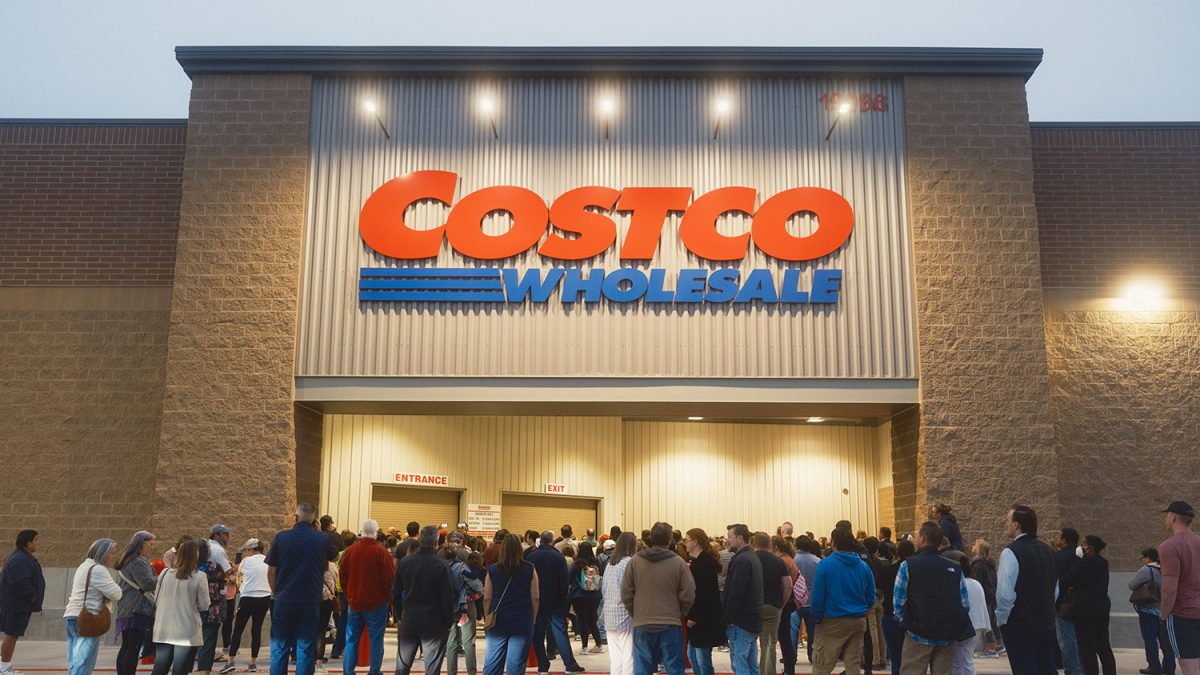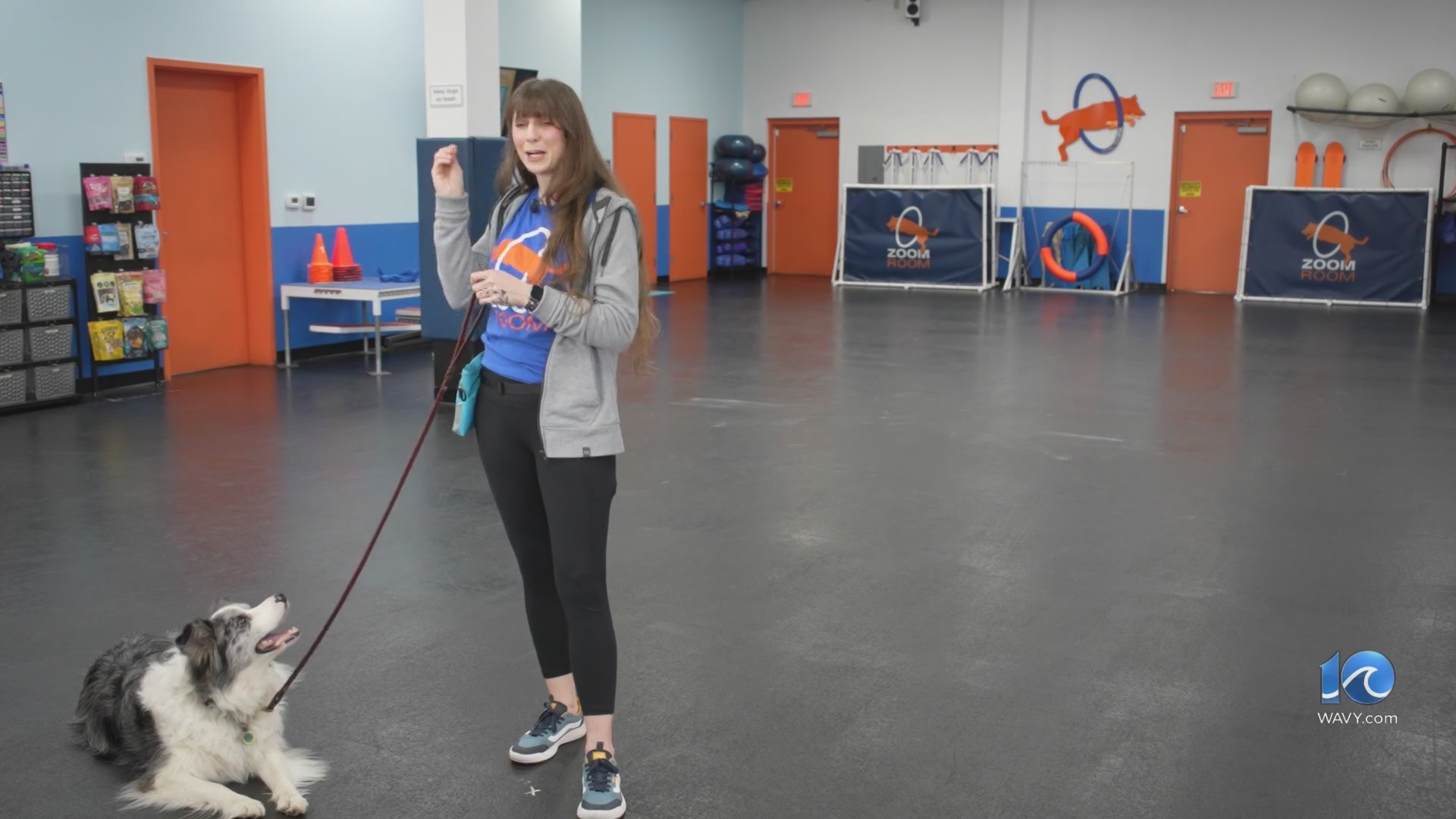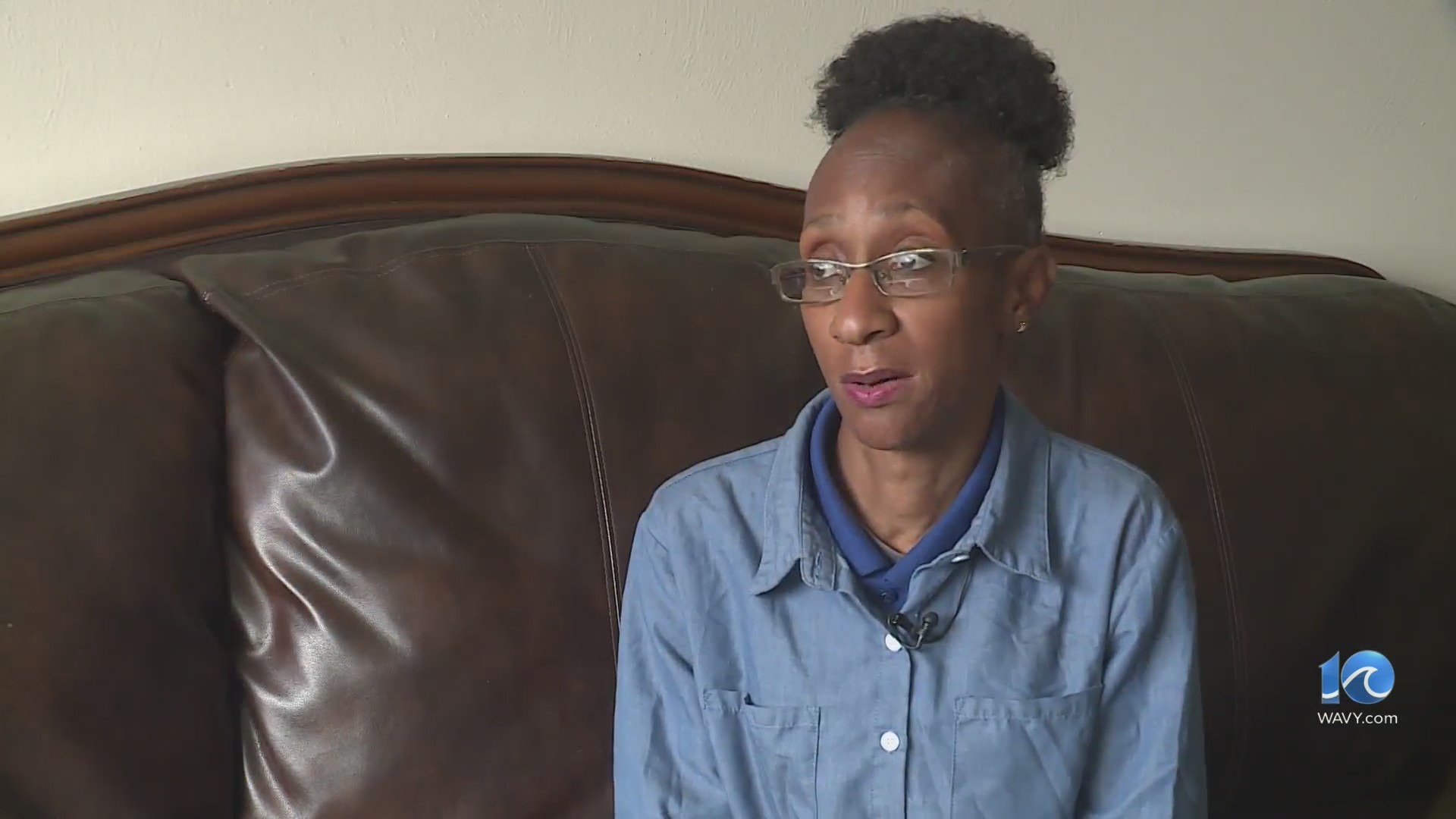The COVID-19 outbreak has caused a massive global effort to contain and slow its spread.
U.S. public health agencies stand on high alert and have mobilized needed resources to help not only in its containment, but in the development of life-saving interventions.
In record time, a National Institutes of Health team of researchers has created the first atomic-scale map of a promising protein target for vaccine development.
The green portion in the image above shows how the virus enters into human cells. The spike is needed to fuse the viral and human cell membranes.
Possible vaccine studies in mice are already underway at NIH’s Vaccine Research Center which is part of the National Institute of Allergy and Infectious Diseases.
Within weeks an early clinical trial of this vaccine in people is expected to begin.
Even though the vaccine could break all previous speed records, it still needs to be tested for safety, effectiveness and then scaled up to produce millions of doses.
Just two weeks after Chinese scientists reported the first genome sequence of the virus, researcher Jason McLellan from The University of Texas at Austin and his colleagues designed and produced samples of its spike protein.
After locking the spike protein in the shape it takes before fusing with a human cell to infect it, the researchers reconstructed its atomic-scale 3D structural map in just 12 days.
McLellan’s team also plan naturally produced antibodies from people who’ve recovered from COVID-19 to treat people who have been exposed to the virus.
The NIAID is now working with a biotechnology company in Massachusetts to use the latest findings to develop a vaccine candidate using messenger RNA which are molecules that serve as templates for making proteins.
Meanwhile, the first clinical trial in the U.S. to evaluate an experimental treatment for COVID-19 is already underway at the University of Nebraska Medical Center’s biocontainment unit.
Coronaviruses are a large family of viruses that account for up to 30 percent of upper respiratory tract infections in adults.
COVID-19 is the third time in recent years that a coronavirus has caused severe disease and death in some people. Earlier coronavirus outbreaks included SARS in late 2002 and MERS in 2012 and continues to affect people in small numbers.
As the outbreak continues over the coming weeks and months, public health organizations are working at full speed to understand this virus and to develop better diagnostics, treatments, and vaccines.
Main Area Top ↴
Close
Thanks for signing up!
Watch for us in your inbox.
Subscribe Now
WAVY Weather Alerts
AUTO TEST CUSTOM HTML 20241211205318
AUTO TEST CUSTOM HTML 20241212105422
Newsfeed Now
Test Title 1
Main Area Bottom ↴










































































































